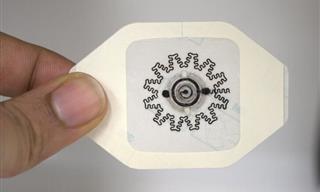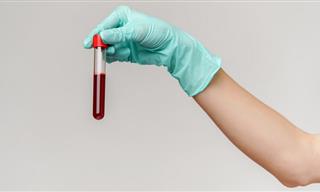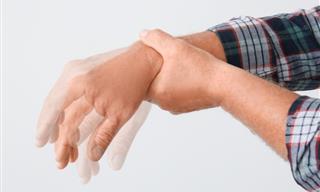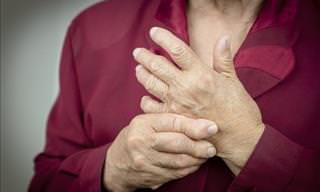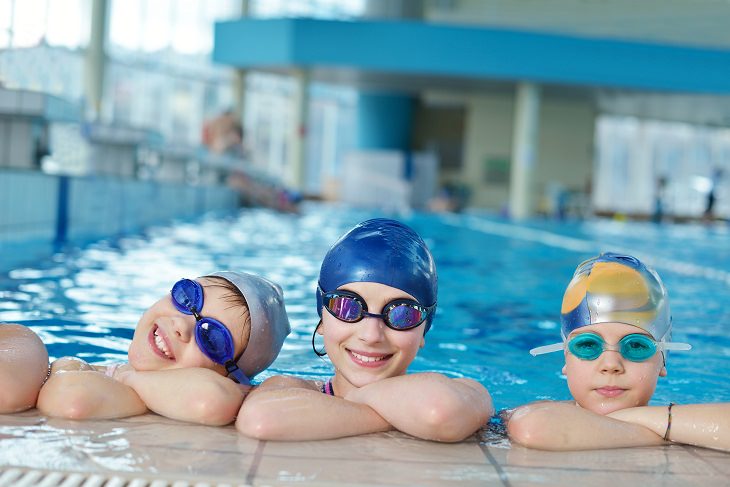
Infections from Germs in Pool, Lake and Water Park Water
Many of us overlook the fact that kids can get sick from the germs found in the water of pools, water parks, and lakes. Taking some simple steps can help keep children – and everyone else – safe while swimming:
Germs in the Water That Can Cause Infections
One danger when swimming is that the water can be contaminated with germs that can cause recreational water illness, such as:
• Diarrhea - This is caused by swallowing water contaminated with parasites, viruses, and bacteria, including Giardia, Salmonella, Norovirus, or even E. coli. These germs can enter the water when someone with an infection defecates in the water or the water is contaminated with raw sewage.
• Pink eye - This category of viruses, known as adenoviruses, can cause pink eye, colds, sore throats, croup, and diarrhea.
• Molluscum contagiosum - This is a rash that is similar to a wart. Although it may not be spread in swimming pool water, it can be spread by sharing towels and toys with a child who has molluscum.
• Hepatitis A - This is a viral infection that affects the liver, causing jaundice, fatigue, abdominal pain, fever, and nausea. Although often associated with contaminated food, it’s also possible to contract it from contaminated water.
• Naegleria - A rare, albeit very serious and often fatal infection that is caused by the Naegleria fowleri ameba, which is sometimes found in warm freshwater lakes and ponds.
Chlorine and Water Germs
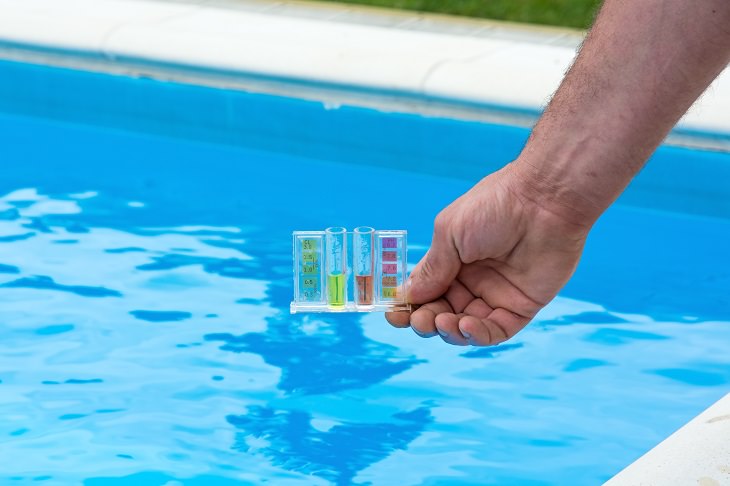
While chlorine does kill a lot of germs in water, it can take up to an hour for the chlorine in a properly-maintained pool to work. This means that if a child has diarrhea and gets into the pool, and another child gets in straight after them, that child runs the risk of getting ill because the chlorine has not had the chance to kill any germs from the sick child.
Preventing Recreational Water Illnesses
In addition to teaching a child not to swallow water when swimming, you can help keep your child and everyone else healthy in the water if you:
• Keep your child or grandchild out of the water if they have pink eye, diarrhea, hepatitis A, or other contagious diseases.
• Don’t let children who have open wounds into the water because it could lead to an infection.
• Don’t share towels.
• Encourage everyone to take a shower before going swimming.
• Take younger children to the bathroom frequently so that they are less likely to have an accident in the water.
• Don’t change diapers by the pool – take the child to the bathroom, wash their bottom, and then wash your hands.
• Cover any molluscum lesions with a watertight bandage.
Incidence of Waterborne Diseases
It’s difficult to say how common these waterborne diseases are, as not all infections that kids catch from swimming in contaminated water are reported. However, it is estimated that around 2,000 people a year in the US are infected with waterborne diseases. Most infections occur in community swimming pools, spas and wading pools at hotels. Most experts believe that waterborne diseases are on the increase.
Water Safety Tips

Of course, keeping children safe in and around the water is equally as important. As with most child safety measures, that usually begins with proper supervision, which is one of the best ways to keep children safe in the water. That means watching your kids or grandchildren when they are in or around water, even if they know how to swim.
Other important water tips include:
• Childproofing your swimming pool so that it’s enclosed by a permanent fence that has a self-closing and self-latching gate that is tricky for younger people to open.
• Have everyone wear life jackets when on boats, jet skis or other types of watercraft.
• Only let children dive in areas that are clearly marked for diving, or when you definitely know how deep the water is.
• Learn CPR.
• Apply sunscreen to children at least 15-30 minutes before going out in the sun to avoid sunburn, and then reapply it at least every two hours, especially if your child has been in the water.
• Make sure you have a phone nearby, so that you can call for help quickly if you need it.
Source: verywell
Photos: depositphotos
 Go to BabaMail
Go to BabaMail






